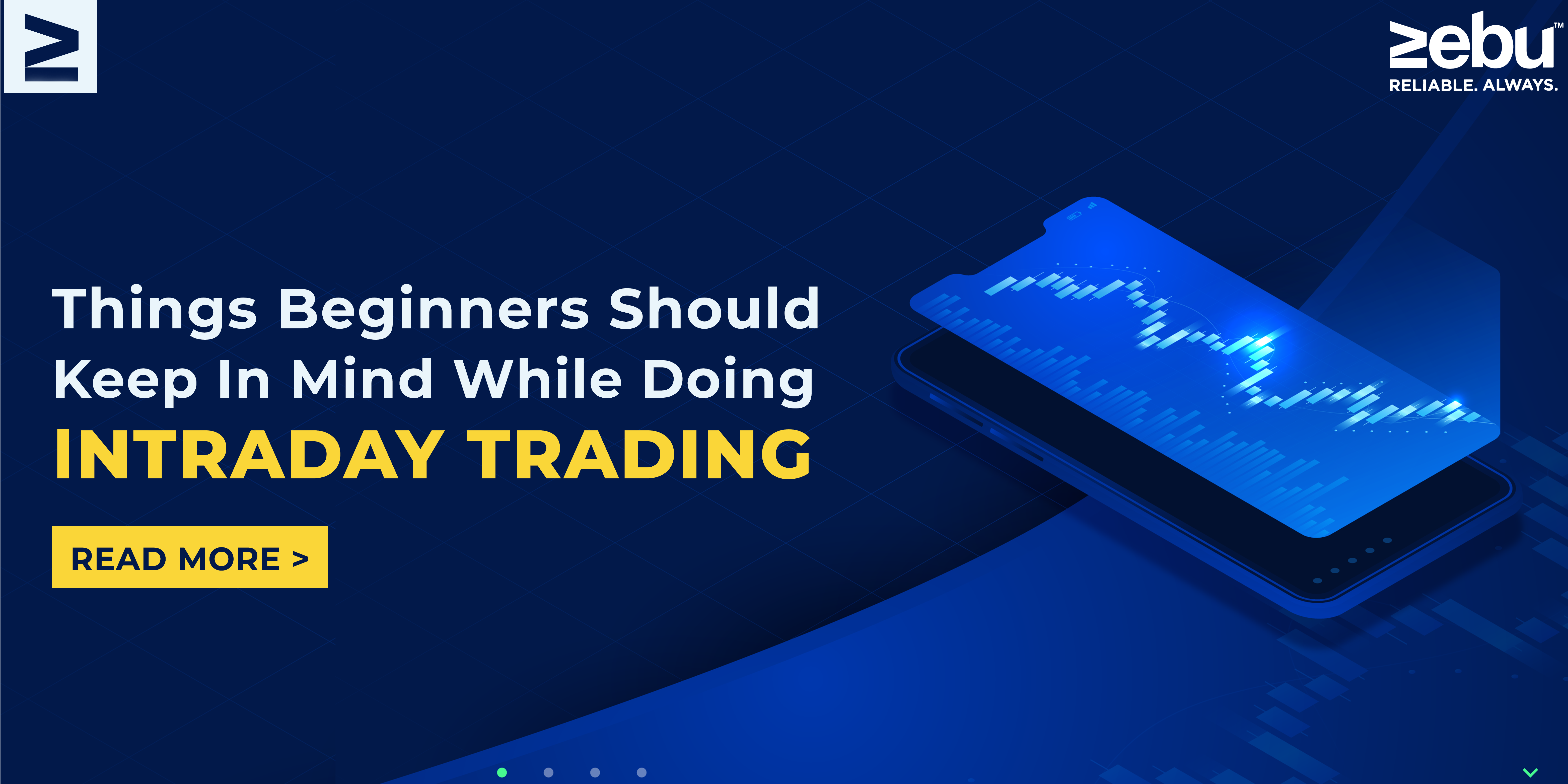
By following a few simple rules, an intraday trader who is just starting out can increase their chances of making money and decrease their chances of losing money. Here are some of the rules that you must know.
Don’t use your full capital:
Even if you like the excitement of the stock market, it’s not a good idea to put a lot of your money into “intraday trading.” Don’t put in more than you can afford to lose. Don’t put more money into trading than you can afford to lose, even if other traders are doing well.
Exit at the end of the day:
Always close out your trades at the end of the day. Do not keep holding onto securities in the vain expectation of making more money or minimising losses the following day. This rule is applicable especially if the general climate of the market indicates volatility.
Watch the market at all times:
You can’t have all-day business meetings or long flights when the market is open. You have to be quick and aware to make the deal when the price is right. If you don’t keep track of how your chosen stocks rise and fall, you might miss out on a good selling price.
Exit as soon as the trend goes against you:
As soon as you realise that the market has gotten worse, you should get out. If you wait until the stop-loss conditions are met, it may be too late and cause you to lose more money. With experience, you can become a discretionary trader instead of a systematic trader.
Don’t put money into too many marketplaces at once:
Based on the quantity of capital you have, choose your market. Most of the time, you need the least amount of money to trade on the currency market, while you need a little more money to trade on the stock market.
Find the best time for trading during the day and stick to it:
Develop and use a good intraday trading strategy over time and with more knowledge. Intraday trading is all about finding a method that works for you and using it over and over again to make more money.
Stocks that are good for intraday trading should have volatility that ranges from moderate to high and be easy to buy and sell. For a beginner, it’s best to start by focusing on just one or two stocks at a time.

